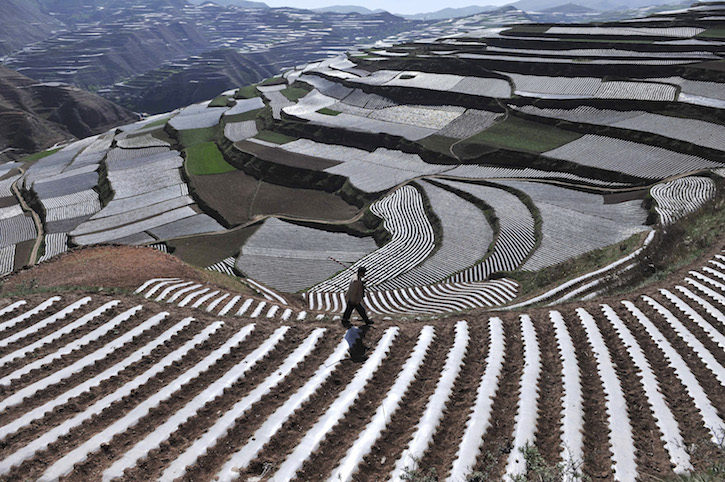
In a new Paulson Policy Memorandum, “Redesigning Rural Credit Delivery in China,” Calum G. Turvey, Professor of Agricultural Finance at Cornell University, calls for reform of China’s rural credit system. Turvey’s key takeaways and recommendations:
- Despite financial innovations and reforms, China still faces an ever-widening gap in urban-rural incomes. Deepening the financial markets in China’s countryside has not resulted in the requisite spillover effects to reverse income inequality that economic theory predicts. Many Rural Credit Cooperatives are converting to joint stock Rural Commercial Banks and, in the process of maximizing shareholder value, are often reducing lending to farm households.
- An uncoordinated system of costly rural credit delivery will likely be unattractive to many financial institutions and may hinder the development of the formal financial sector as a whole. Turvey argues that uncoordinated agricultural lending can lead to technical and allocation inefficiencies that can only exacerbate the problems that current Chinese policy is attempting to resolve.
- China should consider a nationally coordinated approach to delivery of agricultural credit, as is found with the American Farm Credit System or Canadian Farm Credit Corporation. While acknowledging the political and economic sensitivities and difficulties, Turvey argues for a new enterprise for sourcing, coordinating, and distributing agricultural credit, drawing from the experience of the “Nong Ben Ju”—a program from the Republican era of China’s mid-1930s.
- The current network of Rural Credit Cooperatives and other agricultural financial institutions across China should be nested under a single umbrella. The rural-urban divide in terms of access to credit must be dealt with not in a piecemeal manner but in a systematic way and on a national level. A Federation of Rural Credit Cooperatives can establish policies and pilot new programs to serve remote, less profitable areas.
- The Chinese rural credit system must not be so rigid that it prevents innovations that are effective in one region from reaching other areas. Turvey adds that the rules that bind financial institutions at the provincial level need to be relaxed so that the same set of regulations holds for all.


